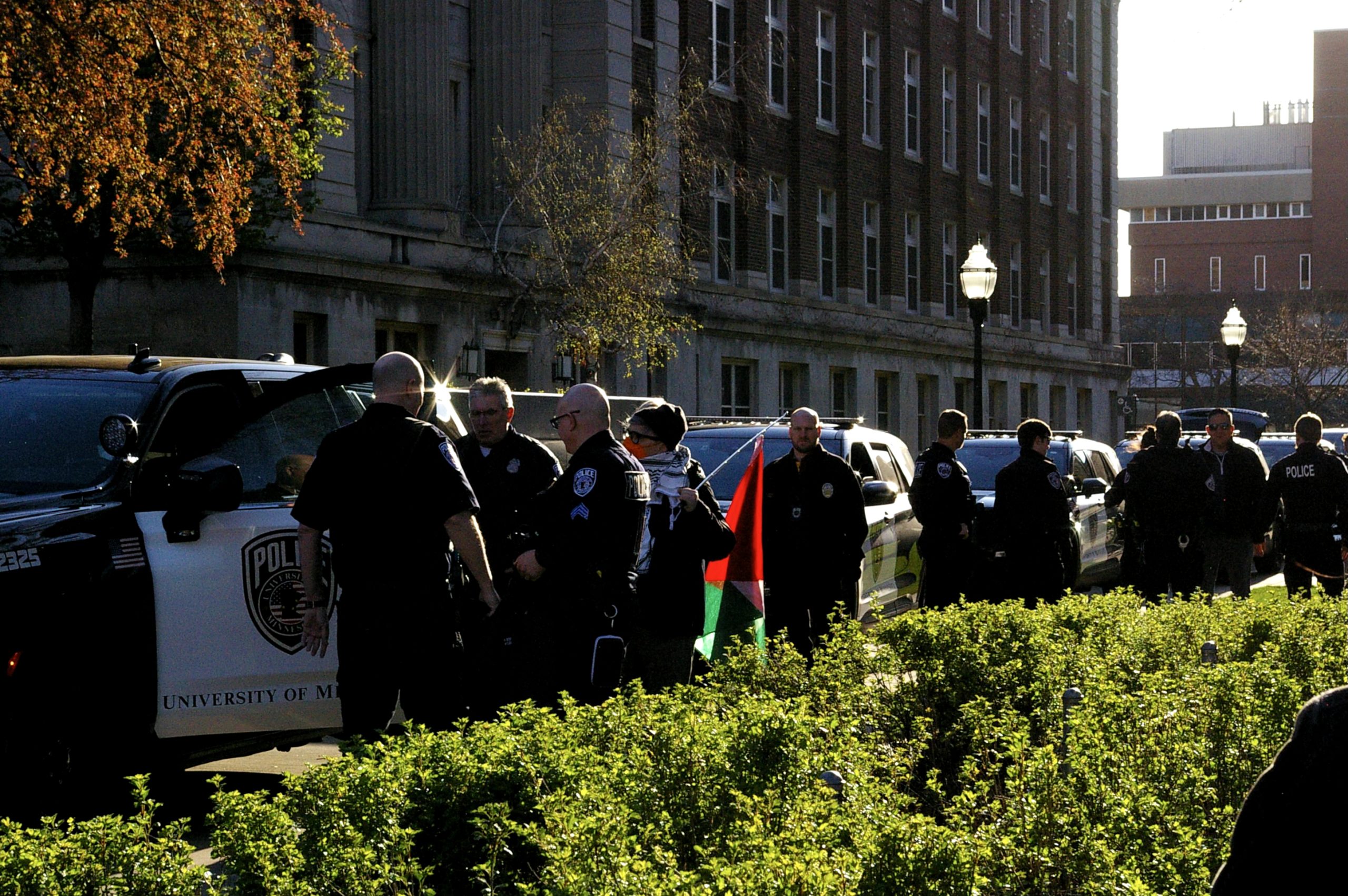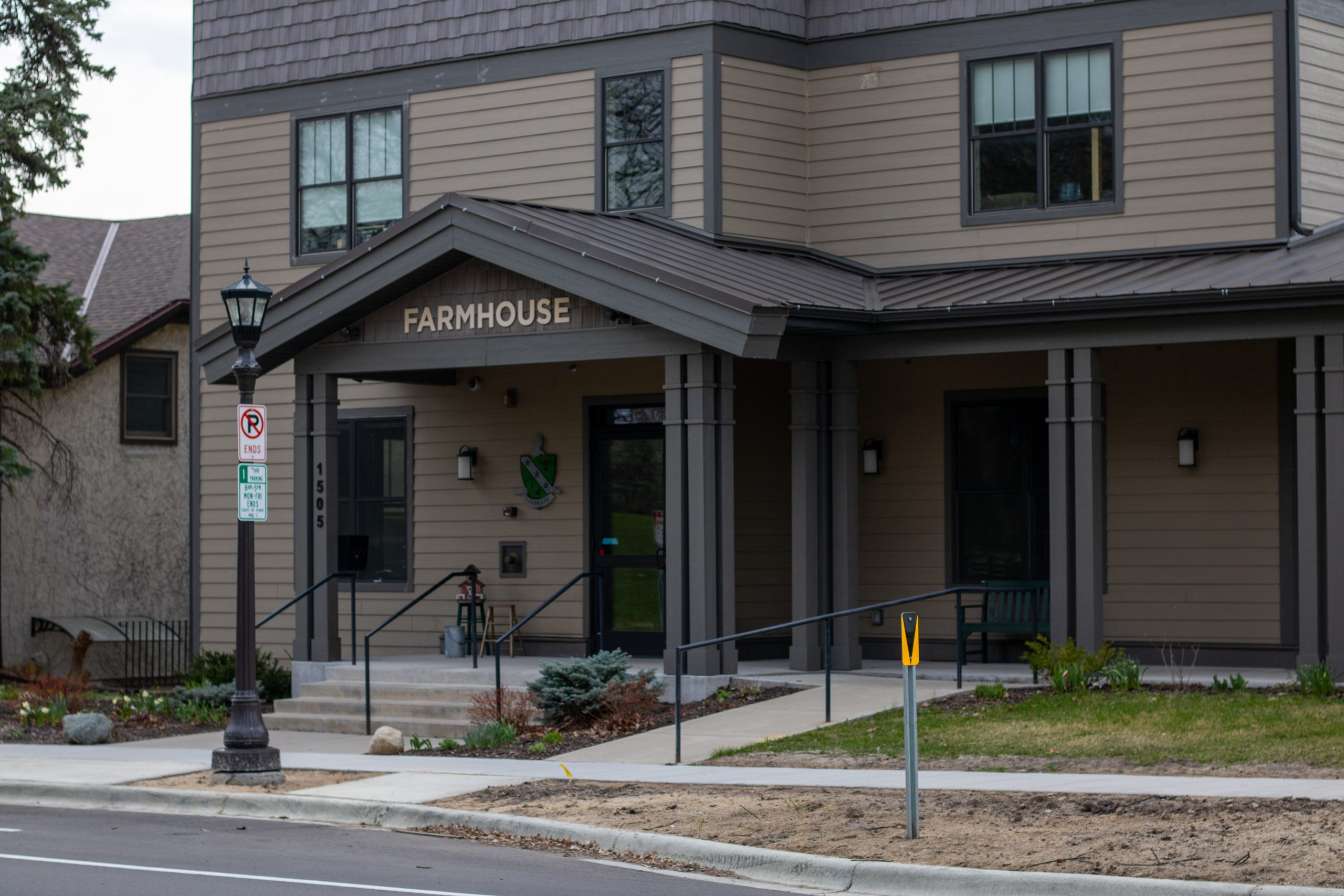It’s a discovery for the books — the biochemistry books, not the record books.
Published in today’s issue of the “Proceedings of the National Academy of Sciences,” biochemistry professor Greg Nelsestuen details how he identified and improved the protein-binding process that clots blood.
Nelsestuen’s research fills in a few of the missing pieces, answering one of the trickier questions of basic science: how vitamins and proteins work together to help blood clot. Often misunderstood, the finer points of this process are missing from biochemistry texts.
Building on the discovery, Nelsestuen, along with graduate students Stephen Harvey and Amit Shah, developed a synthetic version of a blood clotting supplement used by individuals with severe cases of hemophilia.
The graduate students smiled at the suggestion their research may work its way into the texts of their peers.
“Eventually,” said Shah, who received his doctorate in December but will remain at the University through spring quarter to wrap up work on the project.
Further research could produce more potent, less expensive proteins to regulate the balancing act people with blood disorders face when using supplements to clot and unclot blood, Nelsestuen said.
Normally, a cut or wound sparks a chain reaction of 13 proteins that regulate blood clotting. Each protein, also called a factor, is numbered 1 through 13. Individuals with hemophilia lack the eighth or ninth protein in the sequence.
Treatment requires receiving supplemental proteins through an IV, said Dr. Nigel Key, assistant professor in the Department of Medicine.
But the body can develop an intolerance to the transfusions, causing the immune system to reject the supplemental factors as foreign, said Key, who is also the co-director of the Fairview-University Hemophilia and Thrombosis Center.
Key said for severe cases like these, large amounts of the seventh protein in the sequence can be given as a replacement.
In the United States, 25,000 individuals live with hemophilia, 10 percent of whom have developed a resistance to factor 8 and 9, Key said.
But Key added that using factor 7 as a replacement is not the best option. The treatment, called bypassing, is expensive and is still under review for approval from the Food and Drug Administration.
Nelsestuen’s research focused on factor 7 and six other proteins that need vitamin K to perform their clotting duties.
Nelsestuen’s research developed a “turbo-charged” factor 7, Key said. If tested and approved by the FDA, it could produce a more powerful, less expensive supplement that could be taken in smaller doses.
Treating a basic case of hemophilia costs an estimated $100,000 per year, said Shirley Wilson, executive director of the Hemophilia Foundation for Minnesota and the Dakotas. The bulk of those costs are due to clotting supplements, she said.
Working intermittently on the problem for 15 years, Nelsestuen said the lab had no real answers until April 1997.
By modifying two components of the protein, the team was able to improve the clotting ability of the factor 7. Using the same technique, Nelsestuen has modified other proteins, including one that prevents clotting.








